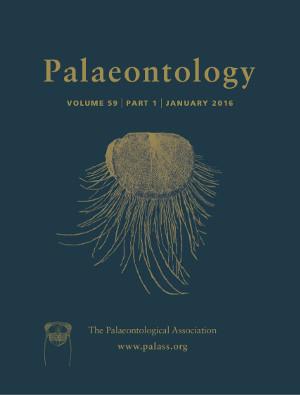Reg. Charity No. 1168330

Hydrozoan cnidarians are widespread in modern environments, but their polyps or hydroids, when not biomineralized, are generally rare in the fossil record. To assess the affinities of four hydrozoan taxa previously described on the basis of supposed fossils of non-biomineralized hydroids, we re-analysed the type specimens of these taxa using a combination of light and electron microscopic tools, including backscattered electron (BSE) scanning electron microscopy (SEM) and energy-dispersive X-ray spectroscopy (EDS). New morphological, ultrastructural and taphonomic data were generated for Archaeoantennularia byersi from the Devonian of Michigan, Archaeocryptolaria compacta from the Ordovician of Virginia, and Mazohydra megabertha and Drevotella proteana from the Carboniferous Mazon Creek Lagerstätte of Illinois, which are preserved as carbonaceous fossils, aluminosilicate films and iron carbonate minerals in siderite concretions, respectively. In the context of these results, we provide a review of the fossil record of non-biomineralized hydroids, describe possible biases and changes through time in their occurrence and preservation, and evaluate the criteria commonly used to identify and interpret their fossils. Although hydroids have been reported from Phanerozoic (particularly lower Palaeozoic) rocks around the world, many putative hydroids from the Palaeozoic are poorly substantiated and may actually be hemichordates. Indeed, none of the type specimens in this study represent unequivocal hydrozoans. As shown in BSE images, metatype specimens of A. byersi possess autothecae, fusellae, stolons, stolothecae and bithecae, which decisively indicate that they are dendroid graptolites rather than hydroids. The analyses yielded no evidence that A. compacta, Mazohydra and Drevotella are hydrozoans, as their holotypes lack the diagnostic morphological, taphonomic and ecological features characteristic of purported hydroid analogues. Consequently, our results suggest that many Palaeozoic hydroids may be hemichordates and that interpretations of hydroid fossils should be tested and refined using data collected via in situ analytical techniques like BSE-SEM and EDS.